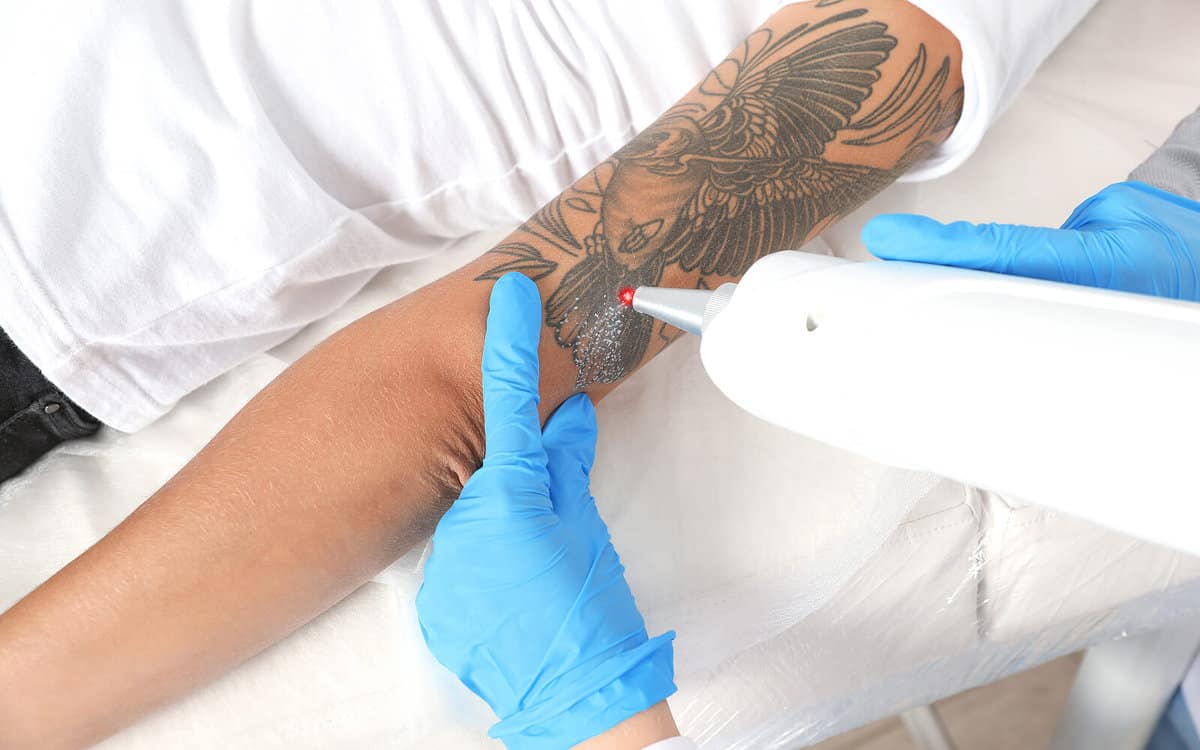Tattoos are often seen as a form of self-expression, but sometimes, what once felt like a meaningful choice can become a regret. Whether it’s due to changes in personal taste, relationships, or lifestyle, many individuals find themselves longing for an ink-free canvas. Laser tattoo removal has emerged as a popular solution, providing an effective method to erase unwanted tattoos. This article explores the process, technology, and considerations surrounding laser tattoo removal.
Understanding the Laser Tattoo Removal Process
Laser Tattoo Removal in Dubai works by utilizing advanced technology to break down the ink particles embedded in the skin. A specialized laser targets the tattoo ink, emitting short bursts of light that are absorbed by the pigment. This process causes the ink to fragment into smaller particles, which can then be naturally eliminated by the body’s immune system.
During a typical session, a trained technician will use a handheld laser device to focus on the tattooed area. Patients often experience a sensation similar to that of a rubber band snapping against the skin, but the discomfort is generally manageable. Most sessions last between 20 to 60 minutes, depending on the size and complexity of the tattoo.
Types of Lasers Used
Different types of lasers are used in the tattoo removal process, each tailored to target specific ink colors. The two most common types are:
- Q-Switched Lasers: These are the most widely used lasers for tattoo removal. They deliver energy in short pulses, allowing for effective ink breakdown with minimal damage to the surrounding skin.
- Pico Lasers: A newer technology, pico lasers work even faster than Q-switched lasers, delivering energy in picoseconds. This allows for quicker treatments and can reduce the number of sessions needed for complete removal.
Each laser has its own advantages, and a consultation with a qualified professional will help determine which type is best suited for the individual’s tattoo and skin type.
Factors Influencing Tattoo Removal
Several factors influence the success and duration of the tattoo removal process. Understanding these can help set realistic expectations for those considering laser treatment.
Tattoo Age and Size
Older tattoos typically respond better to laser removal than newer ones. Over time, the ink can fade and become less saturated, making it easier for lasers to break it down. Additionally, larger tattoos generally require more sessions due to the increased amount of ink.
Ink Color
The color of the ink plays a significant role in the removal process. Darker inks, such as black and blue, are the easiest to remove, while lighter colors, like yellow and green, may require more treatment sessions. This is because different wavelengths of laser light are absorbed differently by various colors of ink.
Skin Type
Individual skin types also affect the tattoo removal process. Those with lighter skin tones tend to see better results since the contrast between the ink and the skin allows for more precise targeting by the laser. Darker skin tones may experience a higher risk of discoloration and may require specialized laser techniques to minimize adverse effects.
What to Expect After Treatment
Post-treatment care is essential for optimal healing and results. Patients may experience some redness, swelling, or blistering in the treated area, similar to a sunburn. These effects usually subside within a few days. It’s important to follow aftercare instructions provided by the technician, which may include keeping the area clean and applying specific ointments to promote healing.
Avoiding direct sunlight on the treated area is crucial, as UV exposure can lead to hyperpigmentation and hinder the healing process. Patients should also refrain from picking at any scabs or blisters to prevent scarring.
The Importance of Professional Guidance
Choosing a qualified professional for laser tattoo removal is critical. An experienced technician will conduct a thorough consultation, assessing skin type, tattoo characteristics, and individual health history to determine the most effective treatment plan.
During the consultation, it’s essential to discuss any medications or skin conditions that may affect the procedure. A reputable clinic will prioritize patient safety and offer transparent information about the potential risks and outcomes associated with the treatment.
Conclusion
Laser tattoo removal offers a pathway to an ink-free life for those wishing to change their appearance. While the journey may require patience and multiple sessions, the advancement of laser technology has made the process more efficient and effective than ever before. By understanding the intricacies of the procedure and seeking professional guidance, individuals can embark on their ink-free journey with confidence.





Comments